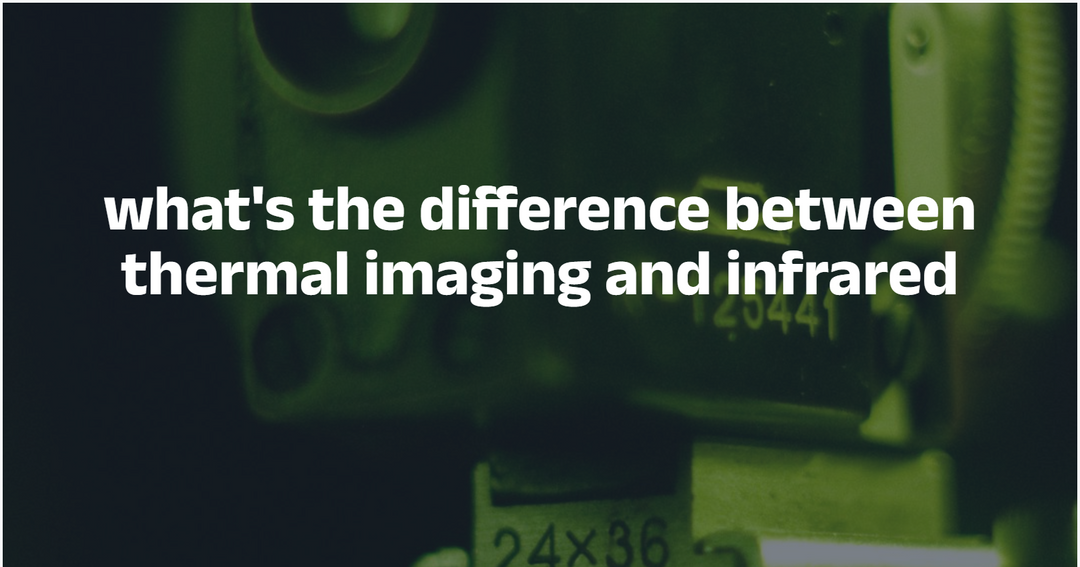Trace a Wire: Mastering the Art of Wire and Circuit Tracing
Tracing electrical wires within walls is crucial for homeowners, electricians, and DIY enthusiasts. Whether you're identifying a faulty wire, mapping out circuits, or planning renovations, the ability to trace wires accurately is essential. This guide will take you through the step-by-step process of wire tracking without power with electrical wire tracers, and understanding the nuances of circuit tracing.
Table of Contents:
Part 1: The Importance of Tracing a Wire in Electrical Work
Before delving into the practical steps, it's important to grasp why wire tracing is necessary.
Electric wires in walls and ceilings are invisible. We can’t dig holes in them to find a buried wire. It’s not worth it.
Also, digging is risky as it may destroy the circuit and cause security issues. You will need time and effort to fix the broken wires as well.

After a wire or circuit trace, the wiring path in the wall or ceiling is clear.
Whether it’s to install a new wire or outlet, we know which wire to connect. When there’s a short or open in this circuit, we can locate the fault point without breaking the drywall.
For renovations, it’s vital to know the exact path of each wire. Otherwise, breaking into a live circuit can be risky for the safety of personnel and the property.
All these make tracing a wire important before electrical work. We need some correct tools and methods to locate wires in walls and ceilings.
Part 2: What Do We Need to Trace Electric Wires
To trace electric wires, we need a wire finder:
- Circuit tracker: A professional kit to find wires in a circuit.
- Stud finder: To scan through the drywall to find existing wires, pipes, and other materials.
- Endoscope camera: A device that slips into walls and ceilings through a hole to see inside.
Besides a tool for tracing the wiring, you will need:
- a marker, pencil, or tape for marking,
- a flashlight for lighting,
- protective gear like gloves and glasses,
- a hammer, chisel, or drill to dig holes,
- a screwdriver to cap off the outlet in the wall,
- tape measure,
- electrical tape to protect wires,
- clamps to fix wires.
Prepare the tools and let’s wrap up tracing an electric wire in the drywall or ceiling.
Part 3: How to Trace A Wire In Walls without Power
In this section, we will walk through the methods for wire (and circuit) tracing. We will introduce the steps of using a circuit tracer, stud finder, and scope camera.
Always rank safety by turning off the power supply to the circuit you're working on. Take necessary precautions like wearing electrical gloves.

Method 1: Trace A Wire with a Circuit Tracker
A circuit tracer is an advanced electrician tool to identify wires and breaks in live circuits. The NF-825 is one of the leading models. Released by NOYAFA, a famous electrical kit manufacturer, the NF-825 is an affordable and handy electric wire tracer.
Easy & fast wire tracing
This fox-and-hound wire tracer attaches to a wire or outlet and sends electromagnetic signals. Use the receiver to find the wire in the drywall. To ensure easy wire tracing, the NF-825 has an intuitive interface. With just easy steps, even a beginner knows where a wire goes in the wall and ceiling in seconds.
Accurate anti-jamming tracking
This circuit tracker is packed with an anti-jamming and sensitive probe. Never worry about interference from other wires. They’re no big deals. Even if the wire is embedded (3 feet or 0.5 meters), this tracer can find it with its scanning capacity.
Get this NOYAFA wire tracer and get work done now!
Steps to find a wire in the walls with NF-825
Step 1: Attach the wire/outlet
NF-825 includes two attachment methods: crocodile clips and adapter.
Adapter for outlet wiring:
To trace the wiring of one outlet, you don't need to uncap the outlet to expose the wires. Connect the adapter to the transmitter device. Plug the adpater into the prongs.

Clamps for wires:
Connect the alligator clamps to the transmitter via the adapter cables.
For an exposed wire, attach the red clamp to the metal part of it. Touch the black one to the ground or floor. Otherwise, a non-grounded connection will affect accuracy.
If there are 2 or 3 wires, clip the red one to the live wire (brown or red) and the black one to the neutral wire.
Caution:
Though the NF-825 can hold up to 400V high voltage, we recommend turning off the power of this wire or outlet. Go to the electric panel to switch off the circuit breaker. Have no idea which circuit breaker to turn off? You will can locate the circuit breaker with NF-825 as well.
Step 2: Start tracing a circuit
Switch to the Scan function on both the transmitter and receiver.
Move the probe of the receiver close to the wall. When the probe hovers over the target circuit, the receiver will beep.

No beeping sound? That’s not where the wire passes. Keep on moving the probe against the wall and figure out the wiring. Mark the wiring path on the wall.
Method 2: Find Wires in Walls with a Stud Finder
There are two types of stud finders on the market, magnetic and electronic.
The magnetic stud finder uses magnets to locate metals like nails, steel, and gas pipes. Can it trace wires? Yes, it traces copper electric wires but interference from metals will affect accuracy.

While an electronic stud finder has sensors to detect live AC voltage, it’s better to trace wires in walls.
Using a stud finder is much safer to trace wires, especially high-voltage ones. You won’t need to unclip or unwrap the wires. Hover the stud finder over the wall. It will generate images or tones to show the wiring.
But there are some disadvantages to tracing wires with stud finders.
When many wires bundle at a point and separate elsewhere, a stud finder cannot identify each. This is enough for drilling holes in the wall but not enough for mapping and renovation.

Also, if a wire breaks, the device will fail to identify the wire as there’s no power running through. You have to fix the wire where the signal ends first. Then, resume tracing with the stud finder to find the rest of the wire.
Method 3: How to Find Wires in the Walls with a Scope Camera
A scope camera can give you clear pictures of everything behind the walls. The only bad thing is that you need to poke a hole in the wall where you push the camera.
But it tells you everything inside the walls including wires, pipes, and lines.
Take the NOYAFA NF-613 as an example. This inspection camera streams all the details inside the wall.
With the IP-67 waterproof HD camera and LED light, you can see everything in 1080P resolution. Besides, the NF-613 has an up-to-10-meter (33-feet) tube. It’s enough to scan through a whole wall or ceiling.
Also, the inspection camera is easy to use. Press the Start button and push the camera into the hole. There you go, it gives you pictures and you can check inside the wall.
The verdict:
A fox-and-found electric wire tracer is the priority for electricians. Once attached to a wire or outlet, it will let you know where the circuit starts and ends. You can add a new outlet or remap the wire as you like.
While stud finders and endoscope cameras are much safer, they can only do basic work on this mission. They tell you the location of all the wires. But it’s virtually impossible to narrow it down to one specific wire or outlet.
Choose the tool and method to trace wires based on your intention. When it's adding, fixing, or remapping a circuit, use a wire tracer. To drill holes in the walls to fit wall hangings or decorations, a stud finder or inspection camera will be helpful.
Final tip for safe wire tracing:
For individuals who have zero skills and knowledge, there’s the easiest and safest method. That’s to call your electrician. It takes a few words and around 200 bucks.
FAQs:
1. Can I find a wire in the wall without a wire tracing tool?
Even professional electricians need tools to locate wires behind walls. There’s no way to see through drywall with the naked eye. Tools are necessary for this task. When wire tracers may be over budget, you can use a non-contact voltage tester as an alternative.
2. Should I buy or borrow a wire tracer tool?
For one-time tracing, borrowing or renting is budget-friendly. But if you’re an electrician, the answer is clear. Also, if you live in an old property, wiring issues may happen all the time. An investment is worth the price and efficient. It costs several hundred bucks to ask professionals to fix electric issues at your place. And you need to wait for days.
3. What are the risks of not tracing wires properly?
Improper wire tracing can lead to electrical hazards, including short circuits, electrical fires, and damage to appliances. So, before you start to trace a wire, keep the power off. Also, protection is necessary. Wear electrical gloves and glasses.






